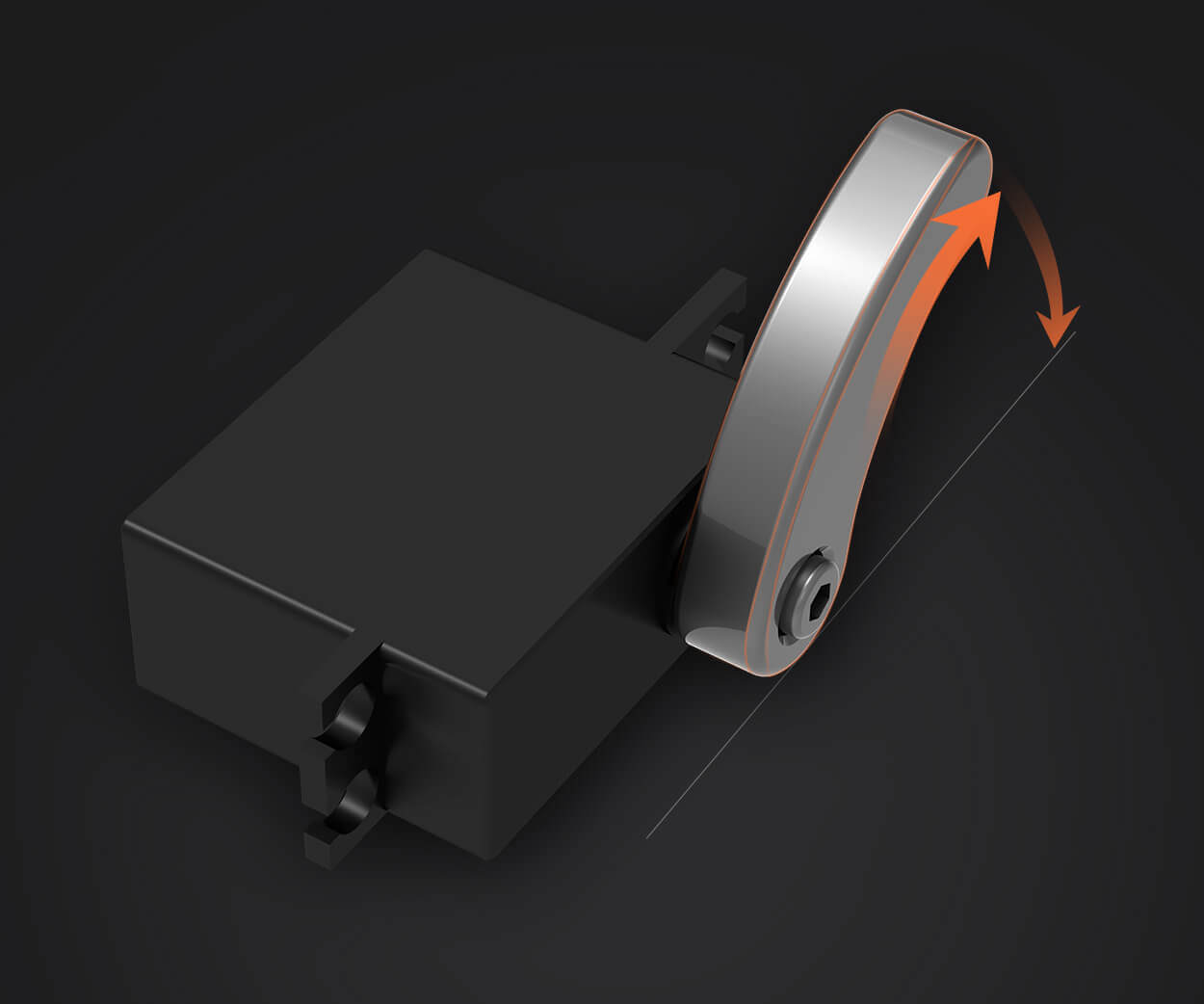part 1:
Unleashing Power and Precision: The Ultimate Guide to 120 Volt Gear Motors
In the realm of modern machinery and automation, gear motors are the heartbeat of countless applications—powering conveyor belts, robotic arms, and even home automation setups. Among the various types, 120 volt gear motors stand out as a reliable and efficient choice, especially recognized for their versatility and widespread compatibility with household and industrial power sources.

What Are Gear Motors?
At their core, gear motors are a synergy of an electric motor and a gear reducer. The electric motor provides rotational force (torque), while the gear reducer modifies this force to match the needs of specific applications. This integration allows for high torque output at low speeds, making gear motors invaluable where precise control and substantial power are necessary.
Why 120 Volt?
In many regions, especially North America, 120 volts is the standard household voltage. Gear motors designed for this voltage are engineered to operate seamlessly with existing power infrastructure, offering a level of convenience that makes them highly popular among hobbyists, small businesses, and large industrial setups alike. Their compatibility means less need for specialized power supplies and safer, more straightforward integration.
Applications Spanning Industries
120 volt gear motors are incredibly adaptable. In industrial environments, you'll often find them in conveyor systems, processing equipment, and automated doors. Small-scale manufacturing lines depend on their durability and ability to handle continuous operation. In the realm of DIY and home automation, they are favorites for robotics projects, automated furniture, and custom machinery.
Key Features of 120 Volt Gear Motors
High Torque Output: Capable of moving heavy loads, ideal for applications requiring significant rotational force. Reliability & Durability: Built with quality materials to withstand wear and tear, especially vital in continuous-duty scenarios. Ease of Integration: Designed to connect seamlessly with standard 120V power sources, simplifying installation. Efficiency: With advancements in motor technology, many 120V gear motors now offer impressive energy efficiency, reducing operational costs over time. Variety of Gear Ratios: Available in an array of gear ratios, allowing users to customize the speed and torque to meet specific needs.
Choosing the Right Gear Motor
Selecting the perfect gear motor involves understanding your application's requirements, including load capacity, operating speed, power supply, and environmental conditions. For instance, a high-torque gear motor might be perfect for lifting heavy objects, whereas a low-speed, high-precision motor might be better for delicate automated tasks.
Types of Gear Reductions
Gear motors can come with various gear reducers, such as:
Spur gears: Offer straightforward design, high efficiency, and are suitable for moderate to high torque. Worm gears: Provide high reduction ratios and inherent braking capability, ideal for applications requiring holding torque. Bevel gears: Used for right-angle applications, allowing flexible system design.
Benefits of Using 120 Volt Gear Motors
Utilizing gear motors operating on 120V power offers numerous benefits:
Convenient Power Access: Easily sourced from standard wall outlets, eliminating the need for complex power configurations. Cost-Effectiveness: Readily available and simple to maintain, with many models designed for longevity. Safety: Designed with built-in protections and compliance with electrical standards suitable for general use. Customization: Wide variety of sizes, torque capacities, and gear ratios available to tailor to specific needs.
Design Considerations
When implementing a 120V gear motor, a few factors can influence performance:
Load Conditions: Ensure the motor can handle the maximum load with a safety margin. Ambient Environment: Motors exposed to moisture, dust, or extreme temperatures need appropriate protection or specialized models. Mounting and Space: Proper mounting ensures stability and reduces vibration, extending motor life. Control Systems: Decide if you need simple on/off operation, variable speed control, or precise positioning, and choose compatible controllers accordingly.
Emerging Trends in 120 Volt Gear Motors
The future of gear motors is increasingly driven by innovations in motor design and control technology:
Energy-efficient motors: Optimized for minimal power consumption. Smart control integration: Wireless connectivity and IoT integration for remote monitoring and automation. Miniaturization: Compact designs allowing deployment in tight spaces. Enhanced durability: Advanced materials for longer lifespan and better resistance to wear.
In conclusion, 120 volt gear motors are the unsung heroes behind much of our daily automation and industrial processes. Their combination of power, compatibility, and adaptability makes them indispensable across a broad spectrum of applications. Whether you're building a robotics project or managing a manufacturing line, understanding the fundamentals of gear motors can open up new possibilities for innovation and efficiency.
Kpower has delivered professional drive system solutions to over 500 enterprise clients globally with products covering various fields such as Smart Home Systems, Automatic Electronics, Robotics, Precision Agriculture, Drones, and Industrial Automation.




































